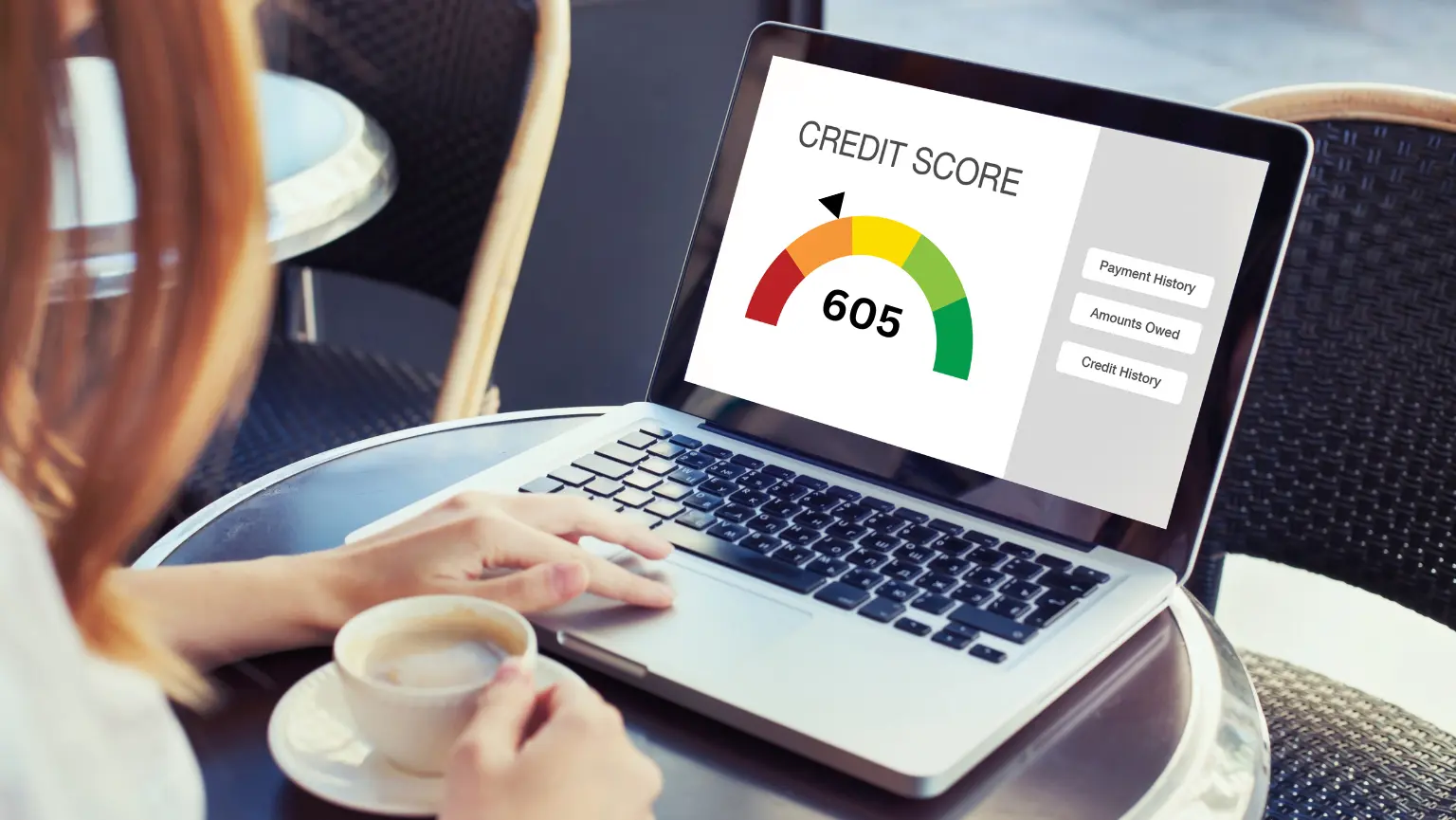
When evaluating your financial health, a 605 credit score typically falls within the “fair” range, according to standard credit scoring models. This score indicates a moderate credit risk, suggesting that while you’re not in the “poor” category, there may be areas for improvement.
Many people wonder how a 605 credit score compares to scores like a 604 credit score, which is also considered “fair.” While the difference of one point is minimal, it can help illustrate the scoring spectrum: both 604 credit score and 605 fall below the “good” range, signaling that credit opportunities may exist but potentially with higher interest rates or more restrictive terms.
Key Takeaway
- A 605 credit score is considered fair, not good.
- You may still qualify for credit cards, personal loans, auto loans, and certain mortgage programs, usually with higher interest rates.
- Approval chances vary depending on the lender and type of credit.
- Consistent financial habits, such as on-time payments, low credit utilization, and monitoring your credit report, can gradually improve a 605 credit score, unlocking better borrowing options over time.
What Does a 605 Credit Score Mean?
A 605 credit score is generally classified as “fair.” While it’s above the “poor” range, it still falls short of the “good” category. This positioning can influence your access to credit and the terms offered. For instance, lenders might view you as a higher-risk borrower, potentially leading to higher interest rates or less favorable loan conditions.
Can You Obtain a Mortgage with a 605 Credit Score?
Yes, securing a mortgage with a 605 credit score is possible, though it may come with certain challenges. Government-backed loans, such as FHA loans, are more lenient and may accept scores as low as 580, provided other criteria are met. However, conventional loans typically require a higher score, often around 620.
Practical Applications
Potential Benefits
- Access to Credit: A 605 score may still allow you to qualify for various credit products, including certain mortgages, auto loans, and credit cards.
- Homeownership Opportunities: With government-backed loans, homeownership remains a possibility, even with a fair credit score.
Limitations
- Higher Costs: You might face higher interest rates and require larger down payments compared to borrowers with higher credit scores.
- Limited Loan Options: Some lenders may have stricter requirements, limiting your choices for loans and credit products.
Cautions and Unknowns
- Lender Variability: Different lenders have varying criteria, and a 605 credit score may be viewed differently depending on the institution.
- Changing Guidelines: Loan requirements and credit score thresholds can evolve, affecting your eligibility over time.
- Incomplete Picture: A credit score is just one aspect of your financial profile; lenders also consider income, employment history, and debt-to-income ratio.
Conclusion
In summary, a 605 credit score is generally considered “fair.” While it may not offer the best terms, it doesn’t preclude you from obtaining credit or a mortgage. Understanding the potential benefits and limitations can help you make informed financial decisions.




